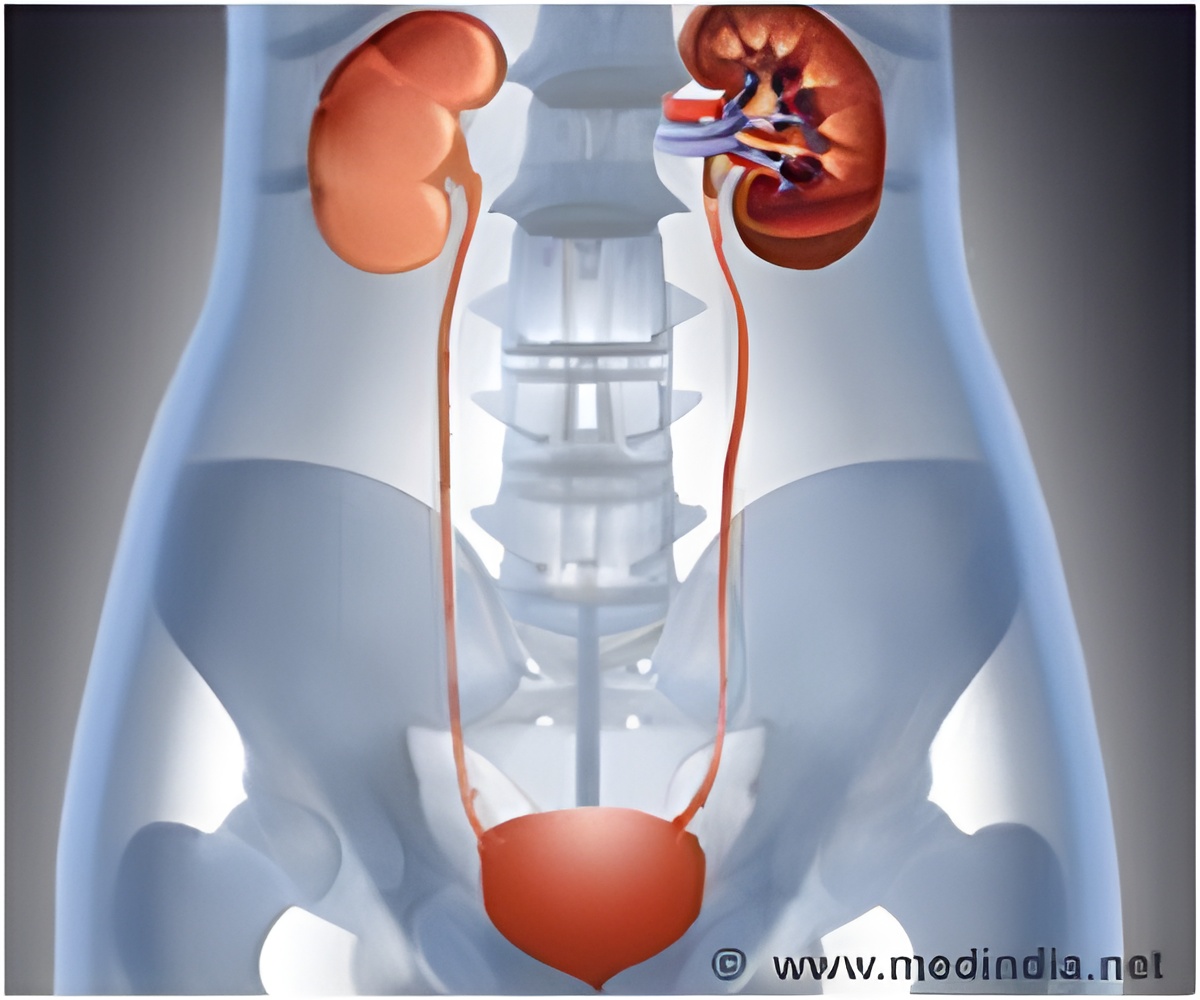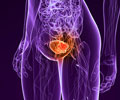The non-voiding transient contractions (TCs) of the urinary bladder smooth muscle signals the central nervous system when the bladder is full.

TOP INSIGHT
The non-voiding transient contractions (TCs) of the urinary bladder senses pressure when it is full and conveys information to the sensory nerves to empty the bladder.
Using an ex vivo mouse bladder preparation, Nelson and his colleagues, Drs. Nathan Tykocki, Tom Heppner and David Hill-Eubanks explored the relative contributions of filling pressure and TC-induced pressure transients to sensory nerve stimulation. They observed that, for a given increase in pressure, TCs evoked an ∼10-fold greater increase in sensory nerve activity than did the same increase in filling pressure. They concluded that TCs are responsible for a predominant share of bladder sensory output at normal bladder pressures.
Although filling pressure did not affect the frequency of TCs, it did increase the rate at which they reached their maximum pressure (rate of rise). This latter property reflects a change in the length-tension relationship of detrusor smooth muscle, an important biophysical property that determines how efficiently the muscle will contract. "This meant that the rate of rise of the TC tells the brain not only how full the bladder is, but also if the bladder muscle can contract sufficiently for normal voiding," Dr. Nelson said.
In addition to this, they found that inhibiting either small- or large-conductance calcium-activated potassium (SK and BK) channels-both of which are important in helping smooth muscle relax-increased TC amplitude and sensory nerve activity.
"We have known for years that BK channels in urinary bladder smooth muscle cells help determine excitability," Dr. Nelson said. "The more the channels are on, the less excitable the bladder smooth muscle becomes, the fewer of these transient contractions you have. But if we block SK channels, we get a much bigger burst of sensory nerve outflow. It looks like SK channels are in an interstitial cell type that is involved in sensing this small, but rapid, change in pressure."
The study, "Transient contractions of urinary bladder smooth muscle are drivers of afferent nerve activity during filling," by Thomas J. Heppner et al., appears in the April issue of The Journal of General Physiology.
 MEDINDIA
MEDINDIA



 Email
Email





